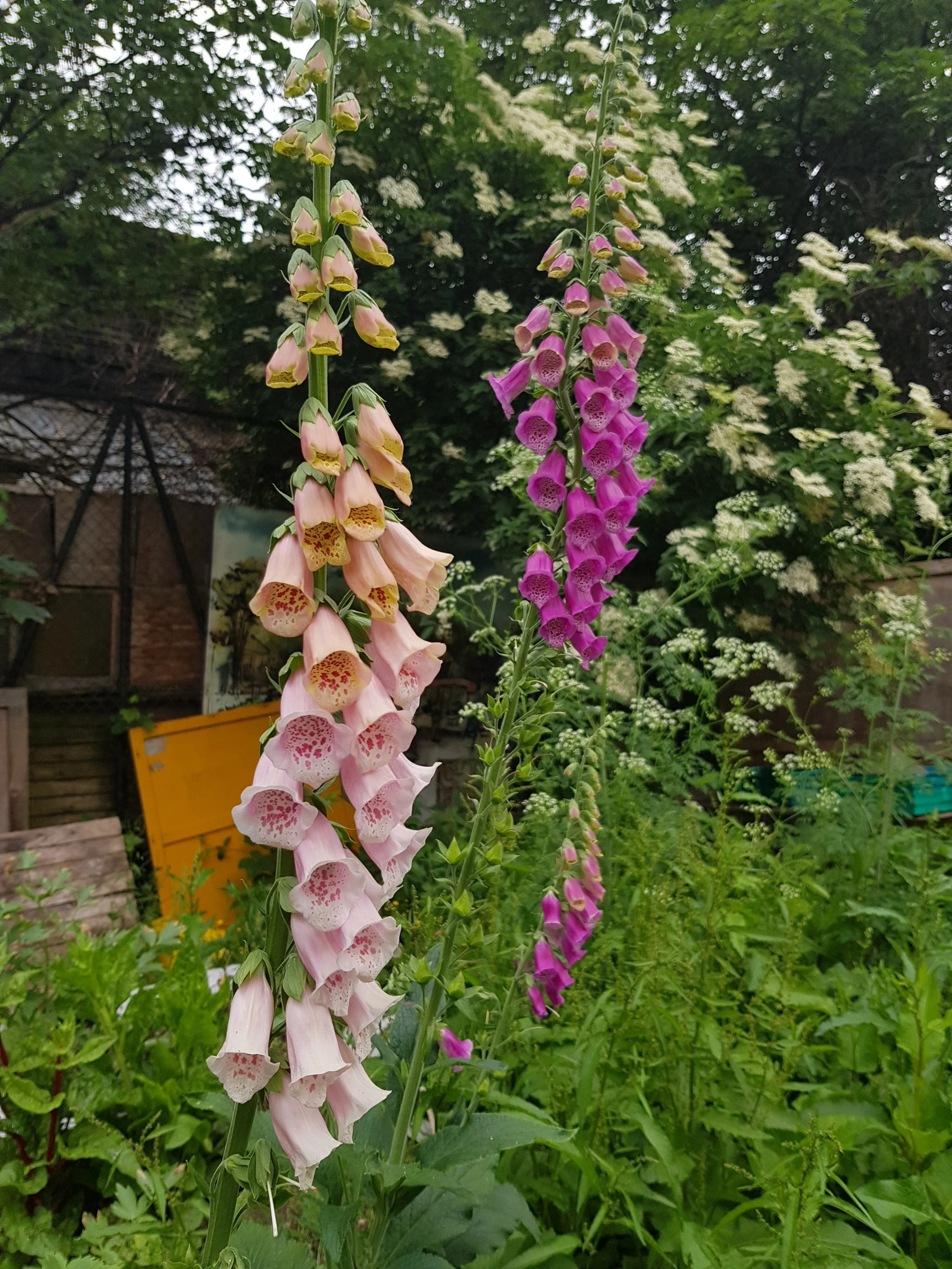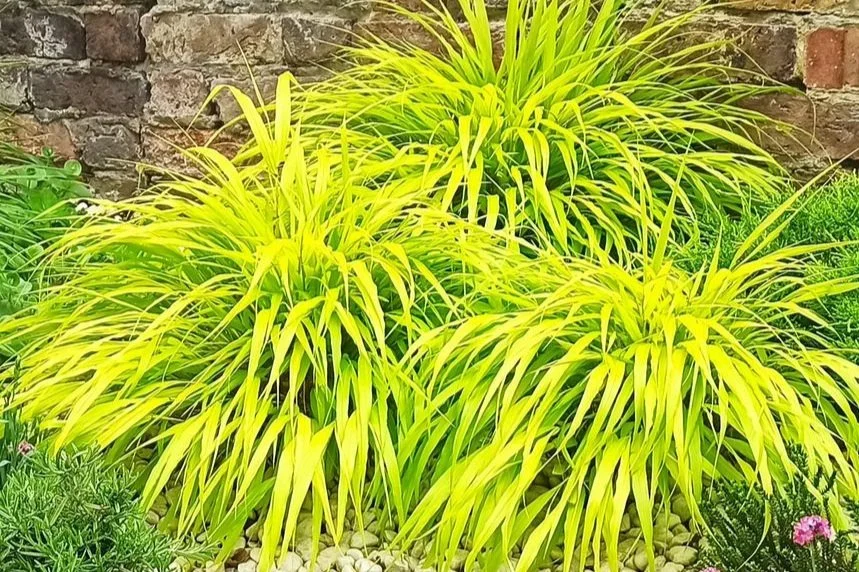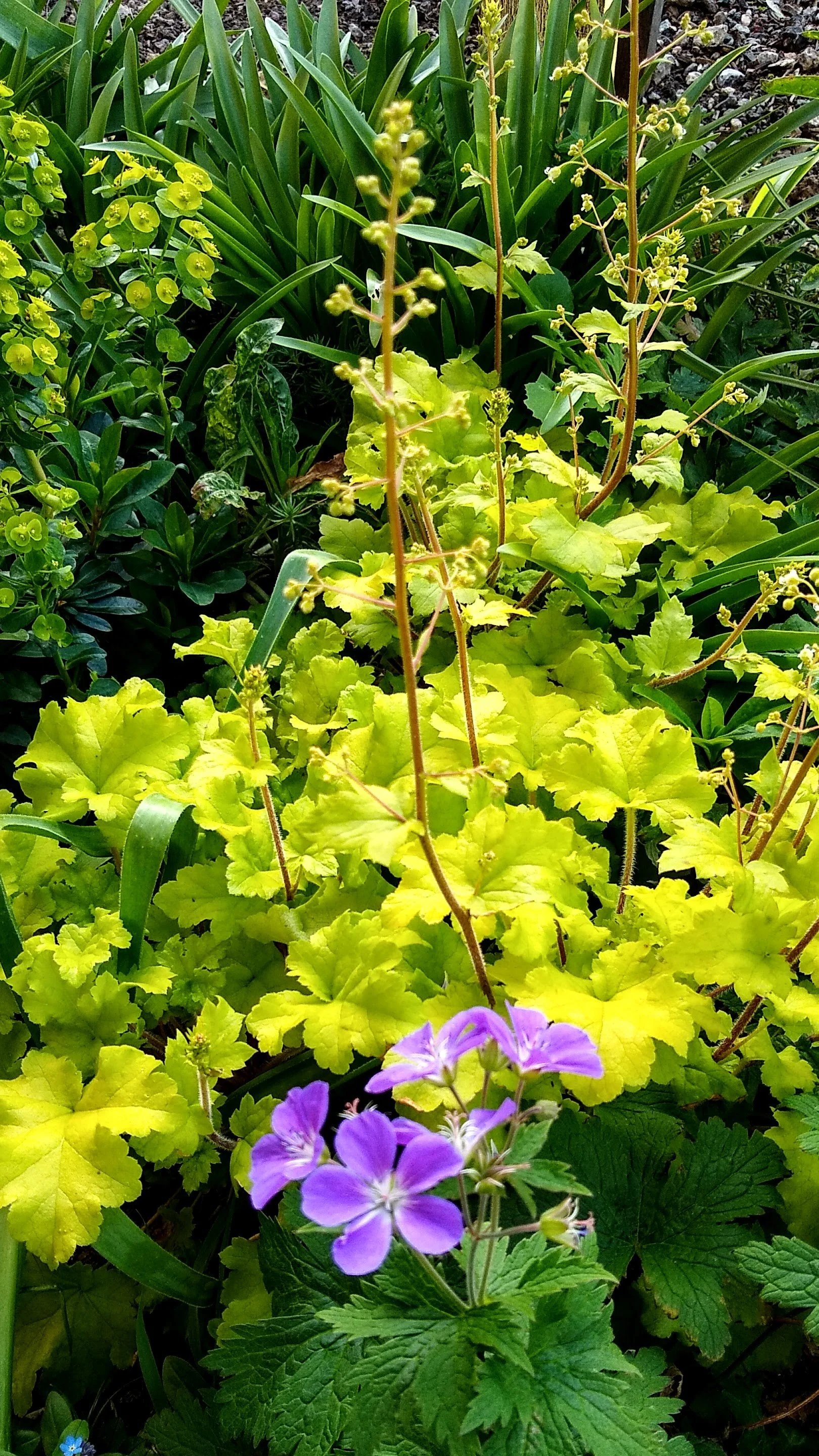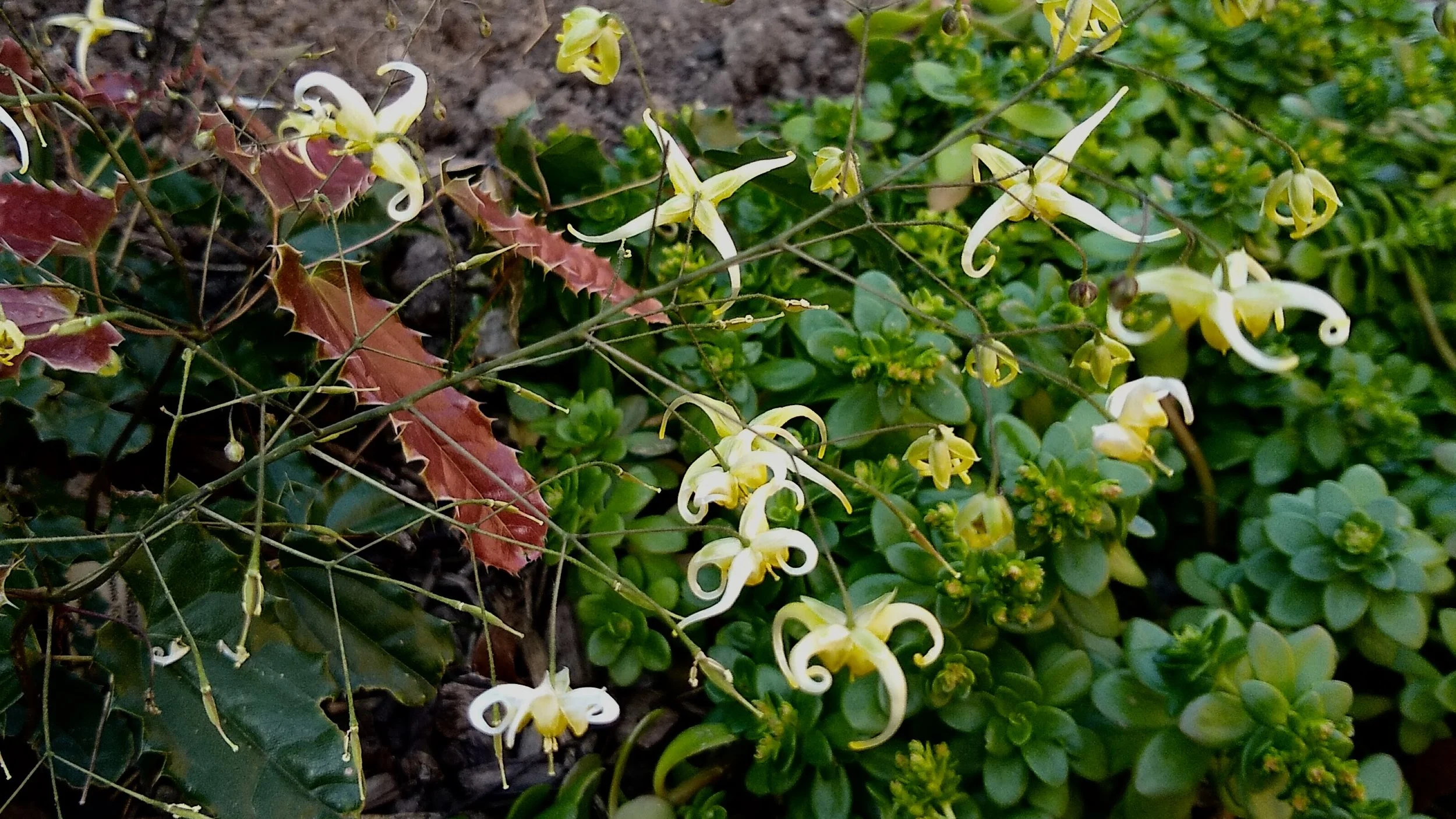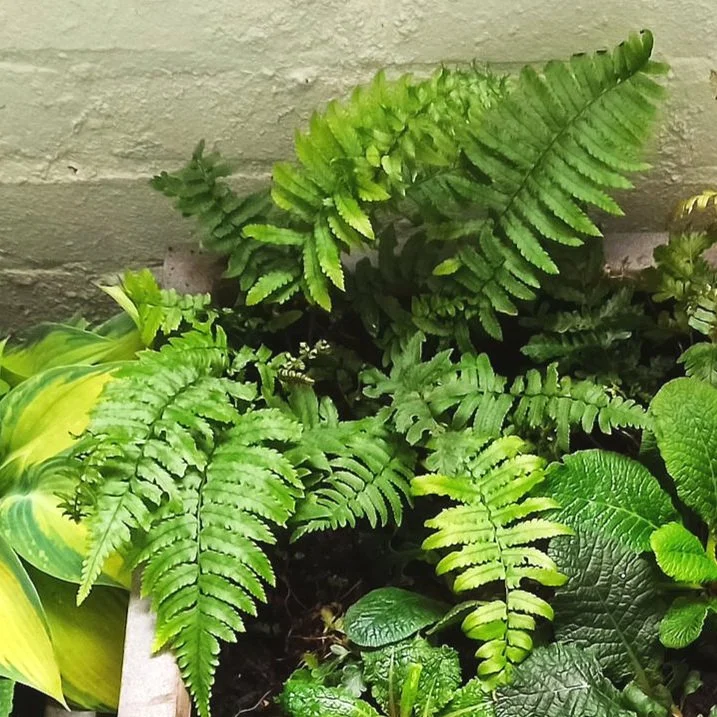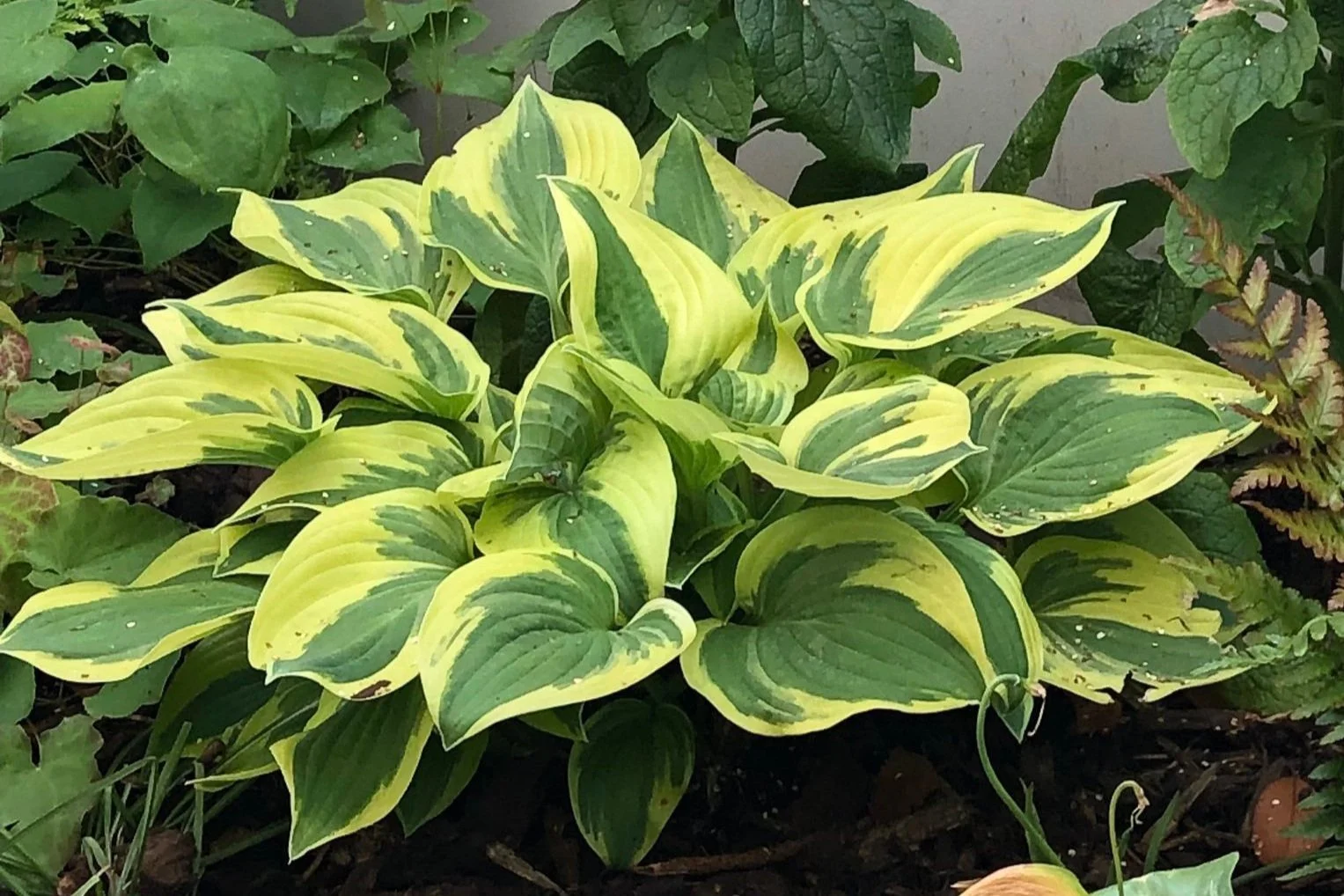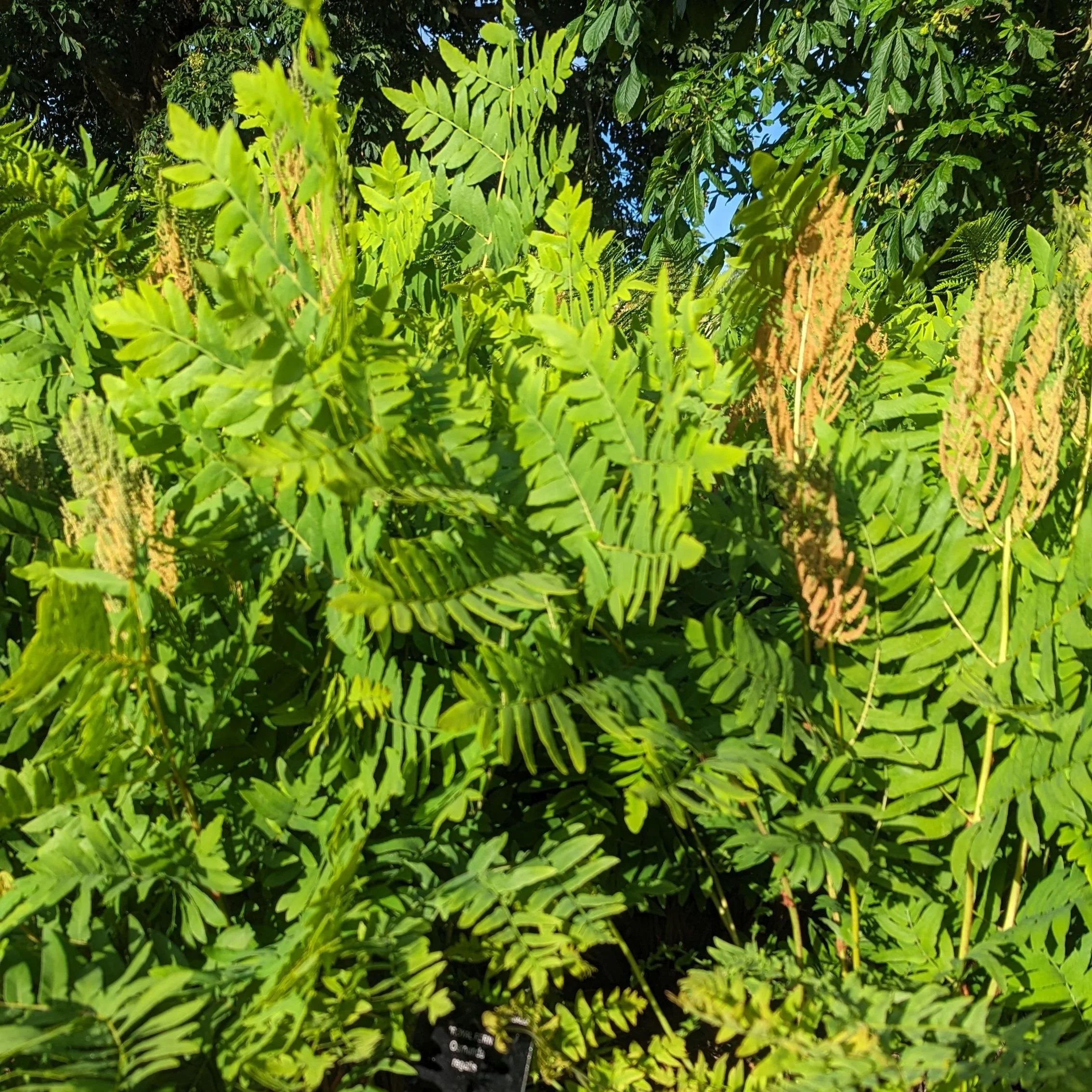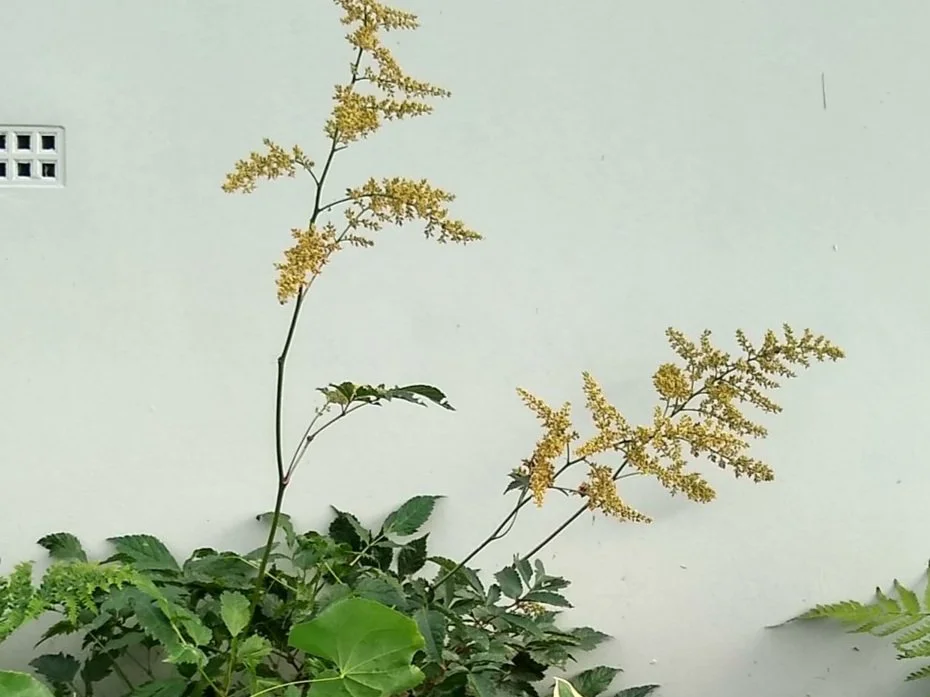Gardening in the Shade
Creating a Lush, Low-Light Oasis
Gardening in the shade can be just as rewarding as tending to a sunny flowerbed. While shade gardens present unique challenges, they also open the door to a rich variety of plants that thrive without direct sunlight. With thoughtful planning and a little creativity, you can transform dimly lit spaces into vibrant, flourishing retreats
Understanding Shade Types
Before selecting plants, it's crucial to assess the level of shade in your garden. Shade conditions vary, and different plants require different degrees of light:
Partial Shade: A few hours of morning or late afternoon sun.
Dappled Shade: Light filters through tree leaves, creating a pattern of sun and shadow.
Full Shade: Little to no direct sunlight throughout the day.
Designing Your Shade Garden
A well-designed shade garden is more than just a collection of plants—it's a harmonious, inviting space. Here are some tips for layout and aesthetics:
Layering: Use tall shrubs and small trees in the back, medium-height plants in the middle, and low-growing ground covers in front.
Texture Play: Combine glossy, broad leaves with feathery or fine-textured foliage for visual depth.
Pathways and Structures: Stone walkways, wooden benches, or trellises can add character and functionality.
Soil and Maintenance Tips
Shade gardens often have different soil conditions compared to sun-filled areas. Here’s how to keep your plants healthy:
Enrich the Soil: Add organic matter like compost to improve drainage and fertility.
Mulching: Helps retain moisture and suppresses weeds.
Watering Considerations: Shade plants may not need as much water, but check soil moisture levels regularly.
Pruning: Trim trees and shrubs to let more light filter through, if needed.
Embracing the Beauty of Shade Gardening
Gardening in the shade is a rewarding experience that offers a tranquil and serene atmosphere. Whether you're working with a small courtyard, a woodland edge, or a shaded backyard corner, the right approach can turn any low-light space into a thriving, beautiful garden.
With a little planning, your shade garden can become a lush haven for relaxation and natural beauty—one that proves sunlight isn’t always necessary for spectacular results. Happy gardening! 🌿
Choosing the Right Plants
Many plants flourish in shaded areas, offering rich textures, striking foliage, and even blooms. Some top choices include:
Ferns – Hardy, adaptable, and excellent for creating a lush, woodland feel.
Hostas – Known for their bold, beautiful foliage and ability to thrive in low light.
Astilbes – Delicate flowers that brighten up shade gardens with colourful plumes.
Heucheras (Coral Bells) – Vibrant leaves that add contrast and depth.
Hydrangeas – Some varieties perform well in partial shade, offering stunning floral displays
Plants for different types of shady garden
Shade gardens come with different moisture levels, which influence plant choices. Here are two comprehensive lists of plants that thrive in either dry or moist shade conditions.
Plants for Dry Shade
Dry shade can be challenging, as trees and large shrubs compete for water. These plants tolerate lower moisture levels:
Epimedium (Barrenwort) – Tough and attractive ground cover with delicate flowers.
Pachysandra – A resilient ground cover that thrives under trees.
Geranium macrorrhizum (Bigroot Geranium) – Drought-tolerant with fragrant foliage.
Liriope (Lilyturf) – Grass-like perennial that forms thick clumps.
Polystichum (Christmas Fern) – Evergreen fern that adapts to dry shade.
Carex (Sedge) – Some varieties are drought-resistant and add texture.
Arum italicum (Italian Arum) – Decorative foliage with seasonal interest.
Acanthus mollis (Bear’s Breeches) – Architectural leaves and elegant flower spikes.
Cyclamen hederifolium (Hardy Cyclamen) – Autumn flowers followed by attractive patterned leaves.
Helleborus (Hellebore) – A winter-blooming beauty with elegant flowers
Plants for Moist Shade
These plants thrive in damp conditions with little direct sunlight:
Hosta – Classic shade-loving foliage plant in countless varieties.
Astilbe – Feathery flower spikes in shades of pink, white, and red.
Rodgersia – Large leaves and dramatic presence for wetter spots.
Ligularia – Striking yellow flowers and bold foliage.
Primula (Primrose) – Various species enjoy wet soils and shade.
Osmunda (Royal Fern) – Thrives in moist woodland areas.
Hakonechloa (Japanese Forest Grass) – Graceful, cascading growth habit.
Caltha palustris (Marsh Marigold) – Vibrant yellow blooms in wet locations.
Matteuccia struthiopteris (Ostrich Fern) – Tall, elegant ferns for damp shade.
Pulmonaria (Lungwort) – Attractive spotted leaves and spring flowers.
Each group of plants brings unique textures and beauty to the shade garden, whether it's dry or consistently moist. With the right selection, your shady space can become a thriving green haven!



